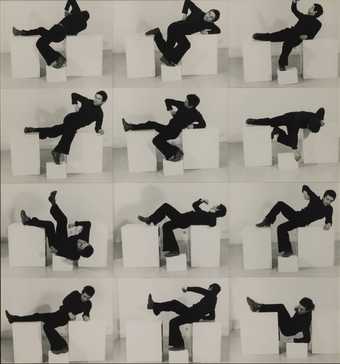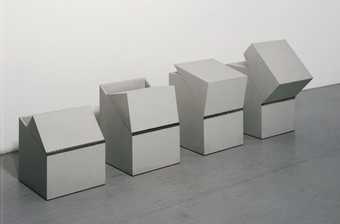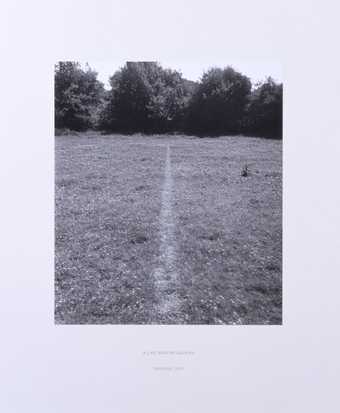Find out what kids think about conceptual art when they visited the Conceptual Art in Britain exhibition at Tate Britain.
Did you know that another word for ‘idea’ is ‘concept’? With conceptual art the artist’s idea (or concept) is the most important thing about the artwork. What it looks like doesn’t matter as long as the idea comes across.
Conceptual artists don’t make traditional paintings and sculptures but use whatever techniques are best for putting across their idea – and because ideas can be expressed in lots of different ways, conceptual art can look like just about anything.
When did it start?
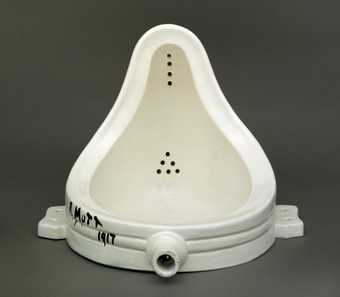
Marcel Duchamp
Fountain
(1917, replica 1964)
Tate
© Succession Marcel Duchamp/ADAGP, Paris and DACS, London 2024
Marcel Duchamp was an important influence on conceptual art. In 1917, he turned a urinal upside-down and put it in an exhibition with the title of Fountain.
Conceptual art started in the mid-1960s and was a big thing until the mid-1970s. Lots of artists around the world made conceptual art. Some of the most important of these were: Joseph Beuys, Jenny Holzer and Sol le Witt.
So what were they thinking?
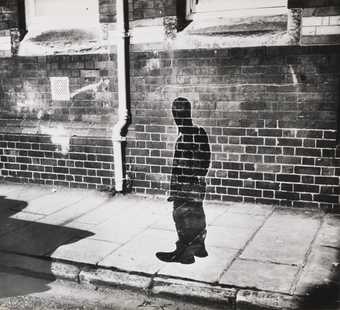
Keith Arnatt
Portrait of the artist as a shadow of his former self
(1969–72)
Tate
- They didn’t think that traditional painting and sculpture could put across their ideas very well.
- They didn’t like it that the art world had become so commercial. Like cars, shoes and hoovers, art had become just another product that could be bought and sold.
- They also thought that artists shouldn’t be seen as celebrities with special skills. They believed that everyone has ideas…so everyone can be an artist.
By making the idea the important thing, conceptual artists felt they were liberating art. After all no one can own – or buy and sell – an idea. One conceptual artist called Lawrence Weiner said:
‘Once you know about a work of mine you own it. There’s no way I can climb inside somebody’s head and remove it.’
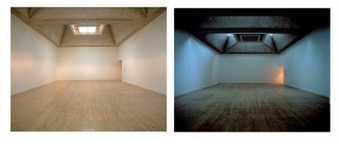
Conceptual art influenced lots of art that came later. In fact many artists making art now – such as Martin Creed and Simon Starling – still make conceptual art. Above is a work made by Martin Creed in 2000. It’s called Work No. 227: The lights going on and off (and that is exactly what it is!).
Instead of putting traditional objects in a gallery he fills it with light and darkness. This makes us think about the space we’re standing in, about what art is…and even about what we are doing there!
Conceptual artists don’t care about being able to draw or paint very well or about making an artwork that looks good – because to them the idea is the important thing. But because this is the opposite of what people traditionally think art should be (a powerful painting or skilful sculpture), conceptual art is sometimes dismissed as not ‘real’ art. Do you agree?

